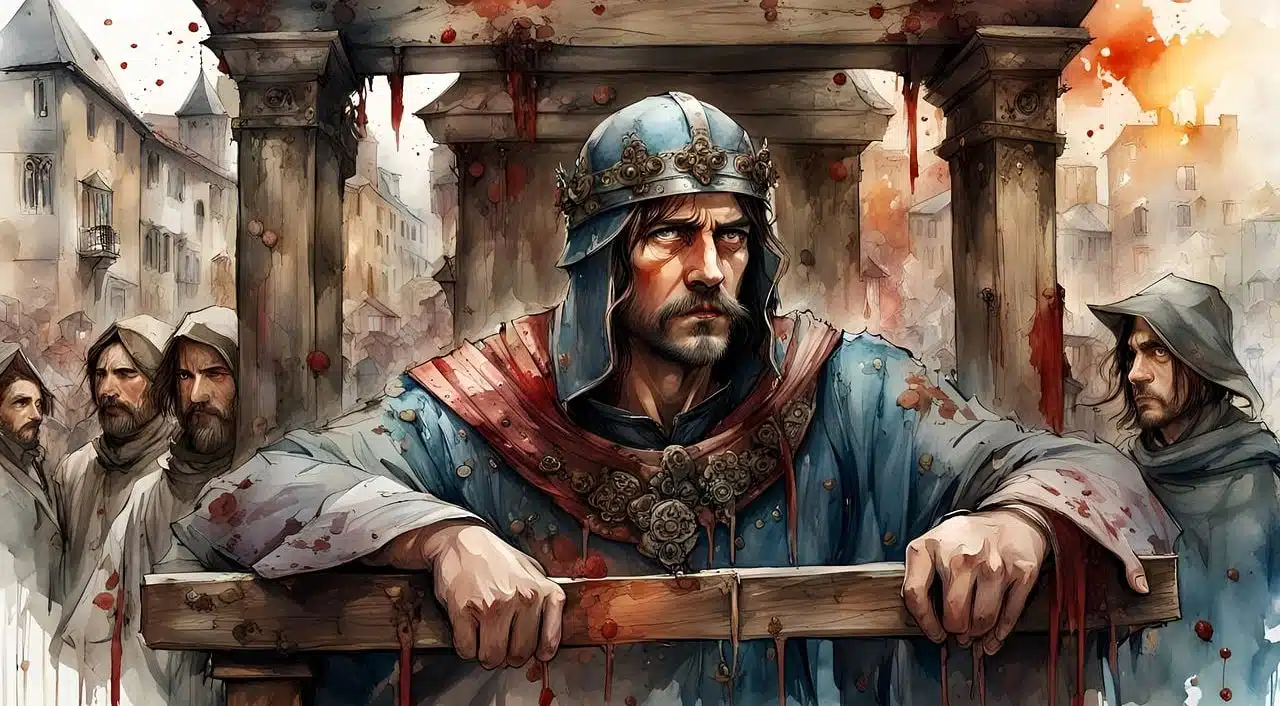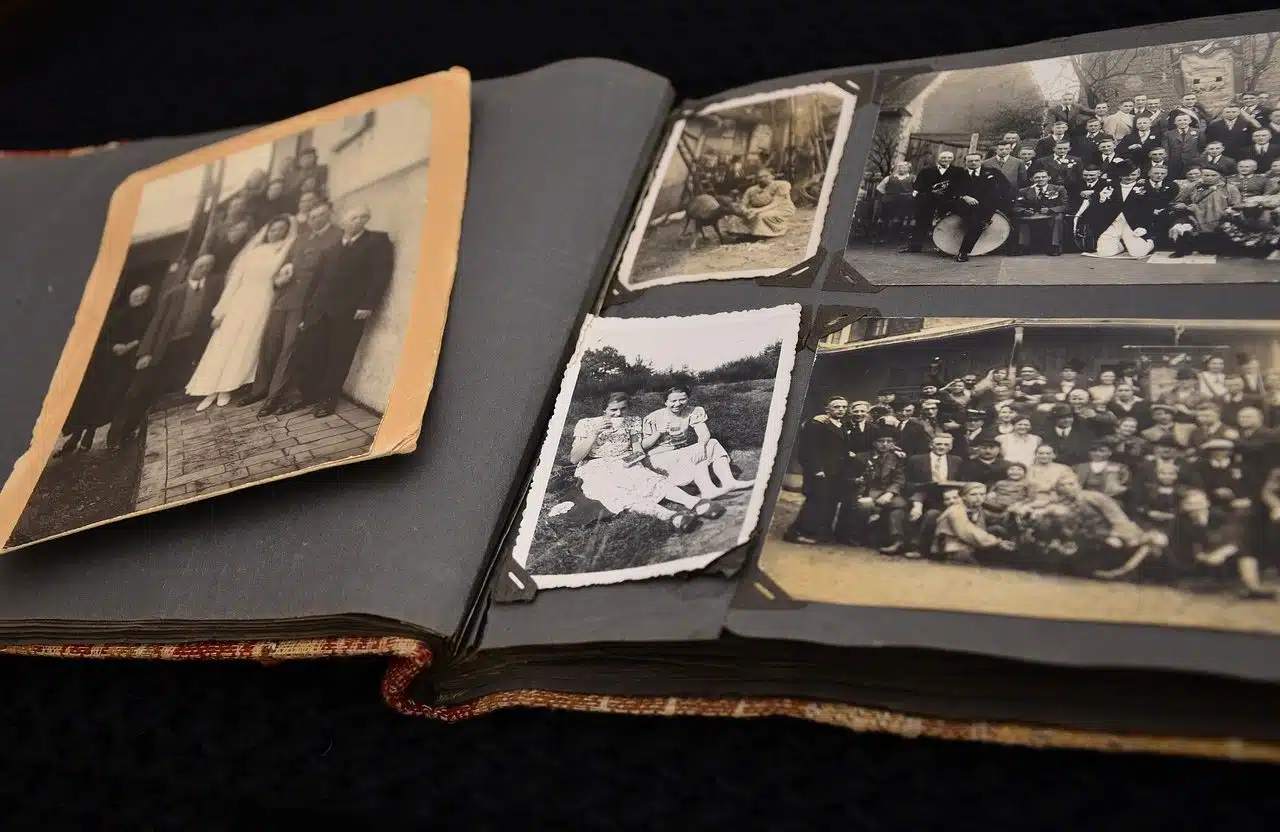
A historical story allows the reconstruction of events from the past.
A historical account is a chronological narrative of real events from the past . Typically, this type of story is structured in three sections: it begins with an introduction , which offers a broad overview of what will be discussed next; continues with the development of events; and ends with a conclusion .
It should be noted that a story is a narrative that is carried out with the intention of telling the details of certain events. Historical , on the other hand, is what is linked to history (the exposition or explanation of events that took place in past times).
By focusing on events from the past, the historical story always has an ending . That is to say: although it will be the historian who chooses when to end the story according to his interpretations and knowledge , the events he explains have already concluded and, therefore, will not be renewed or extended.
Examples of historical story
A historical account of a World War II battle , for example, may begin with an introduction to the war. Then the battle itself will be developed and finally, a conclusion will be made about the result and consequences of it. Since World War II ended in 1945 , the events narrated in this historical story will not be continued or modified in the future.
In some cases, however, new discoveries or interpretations allow the modification of a historical story even though, obviously, they do not change the events that have already happened.
Let's take the case of someone who tries to narrate the arrival of Christopher Columbus to the American continent. To make a chronology of events, you must first consult archives: an ancient document, a text from a chronicler of the time, a travel diary , etc. Once the corresponding documentation has been accessed, the author of the historical account in question must not only tell the details of the expedition, but must also be in a position to explain the background of the colonization and what the encounter of the European civilization and pre-Columbian cultures.
It is interesting to mention that a historical story cannot only be expressed in an article or a book . It can also be presented at a conference or symposium , lead to a documentary or lead to the production of a historical film.

Ancient societies can be known through historical stories.
Knowledge, the key
Writing a historical story, like any other literary work, must arise as the result of a legitimate need and be supported by relevant knowledge; It is not a task that anyone can carry out, since it is not a mere recounting of facts.
It should be considered that this knowledge can come from different sources. A primary source is one that emerges at the same time as the historical event (such as the oral testimony of a protagonist or a direct witness ). A secondary source , on the other hand, is constructed from the data provided by the primary sources (a biography written centuries after the event starring a character, for example).
If we meet these requirements, then we must pay attention to a series of fundamental points that make up the structure of the writing. These points serve as vertices that unite and articulate the historical story, but that also allow us to answer various questions.

The world wars gave rise to multiple historical stories.
Elements of a historical story
Let's see below a list of the main elements of a historical story, with a brief description of each one:
- Protagonists : Part of the history of humanity cannot be told without focusing on one or more characters , in this case real people, who have starred in it. Any page of our past must revolve around the actions of certain individuals and that is why we must be very clear about who we will talk about before we begin.
- Time : another of the fundamental questions when writing a historical story is "when?" It is not a mere search for a date, but rather everything that surrounded the time in question.
- Place : similar to the previous point, it is necessary to place the reader in a well-defined place, with all the cultural aspects that this entails.
- Motivations : the protagonist(s) of the story did not act just because, but there are reasons that prompted them to leave indelible marks . Knowing the background of the characters gives the reader a more human and emotional point of view to understand the events.
- Difficulties : the historical story must present a clean and easy-to-follow structure, so that the result of reading it is to know more of the story. Having covered the initial points, the protagonists' journey begins and it is likely that something unexpected has happened, difficulties that have forced them to change their plans .
- Final situation : as indicated in previous paragraphs, the narrator must choose a portion of the story that concludes, and it is important to clearly explain how such closure came about, remembering to indicate the situation of the protagonists and the geographical space at that moment.
